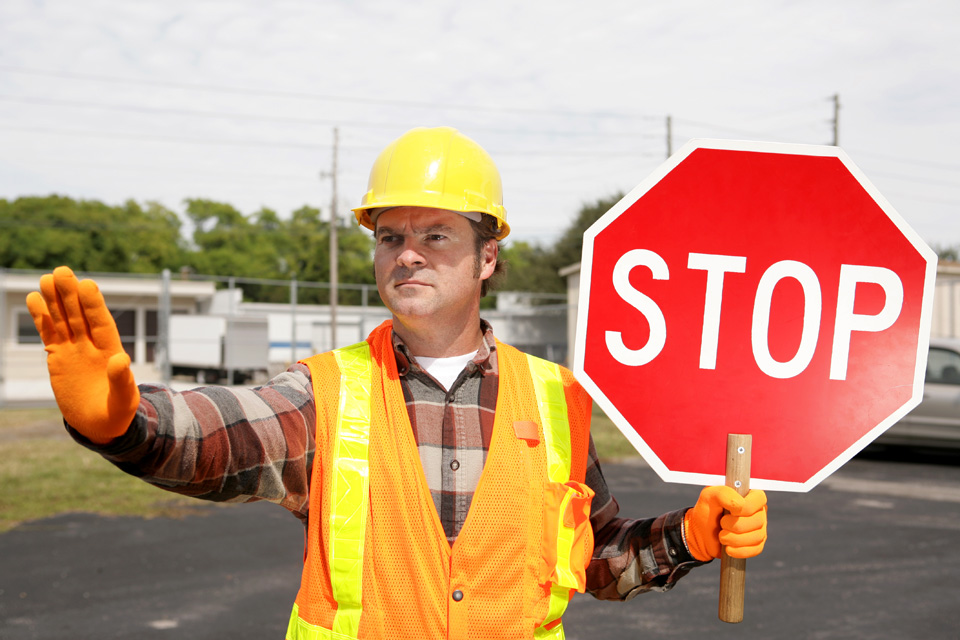The Ontario traffic council has provided book seven training courses for everyone who work in temporary conditions on Ontario highways and roads. For all workers i.e. municipal worker, or private sector worker, receiving the book 7 traffic control person certification will help protect you and your company. Injuries caused at the workplace can be very costly for a company due to the penalties imposed for neglecting safety and health policies, training, and processes. These can include hefty fines or even jail time. However, the worst thing is that such life-altering injuries and death cases devastate the individual and his or her family, friends, and other loved ones.
Sometimes, the interaction amongst contractors and the general public becomes unavoidable in the case of the construction process. This creates a huge risk that must be effectively managed. Closing down the roads is the most common solution used when vehicular traffic interferes with the project. However, this is not possible everytime. Thus, contractors have to rely on people who can control traffic. Such people are also referred to as signalers, flaggers, or flag persons.
As per the Canadian Center for occupational health and safety [CC OSH], the traffic control person has the following roles:
- Guiding the traffic safely through the construction site by slowing, redirecting, or stopping the vehicles.
- Regulating the traffic is required to protect the workers.
- Giving clear signals and directions so that drivers understand exactly what they have to do.
- Controlling the traffic without being the result of more delay or congestion.
In the case of most Canadian provinces, traffic control person training is a legal requirement for anyone looking for a job as a traffic control person. Every jurisdiction of the country has its own set of laws. The traffic control training must follow the book 7 temporary traffic control safety standards.
The course for traffic control person in case of construction training covers the different techniques and equipment required to control the traffic in an environment of road construction. These include the legal aspects as well. The course covers personal protective equipment [PPE], general safety guidelines, and how to control the traffic in different scenarios.
The temporary traffic control person course includes:
- The requirement of safety equipment
- How to use the hand signals and the stop slash slow signs
- How to supervise the workers and their responsibilities
- How to prepare for your job as a traffic control person
- Layouts of traffic control systems and the optimal placement
Once the course is completed, the person who has enrolled should explain the responsibilities expected of a traffic control person and describe the type of PPE needed and its proper use. The version will also be responsible for identifying the equipment and the signs used in case of traffic control and the different situations where they might be required. Finally, the person is responsible for explaining why previous communication, and planning, are crucial for workplace safety.










